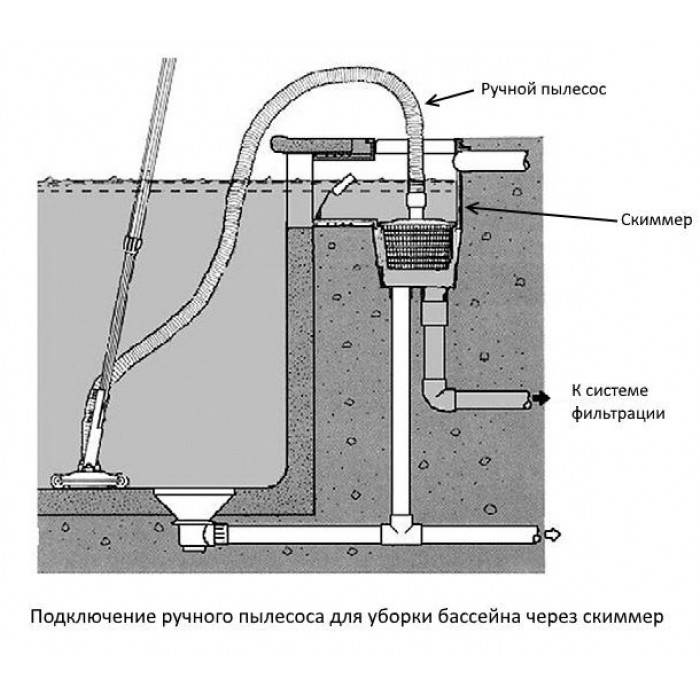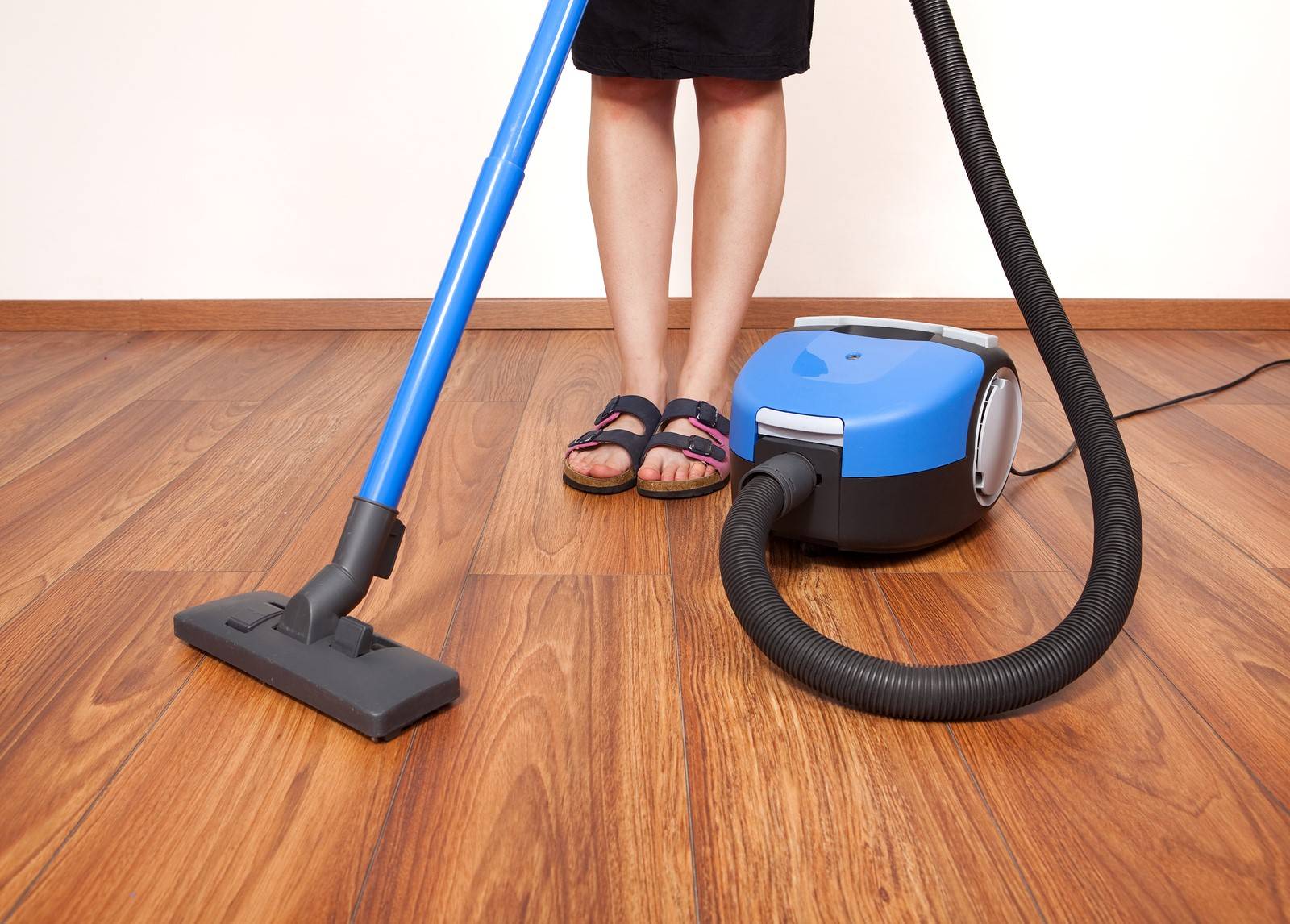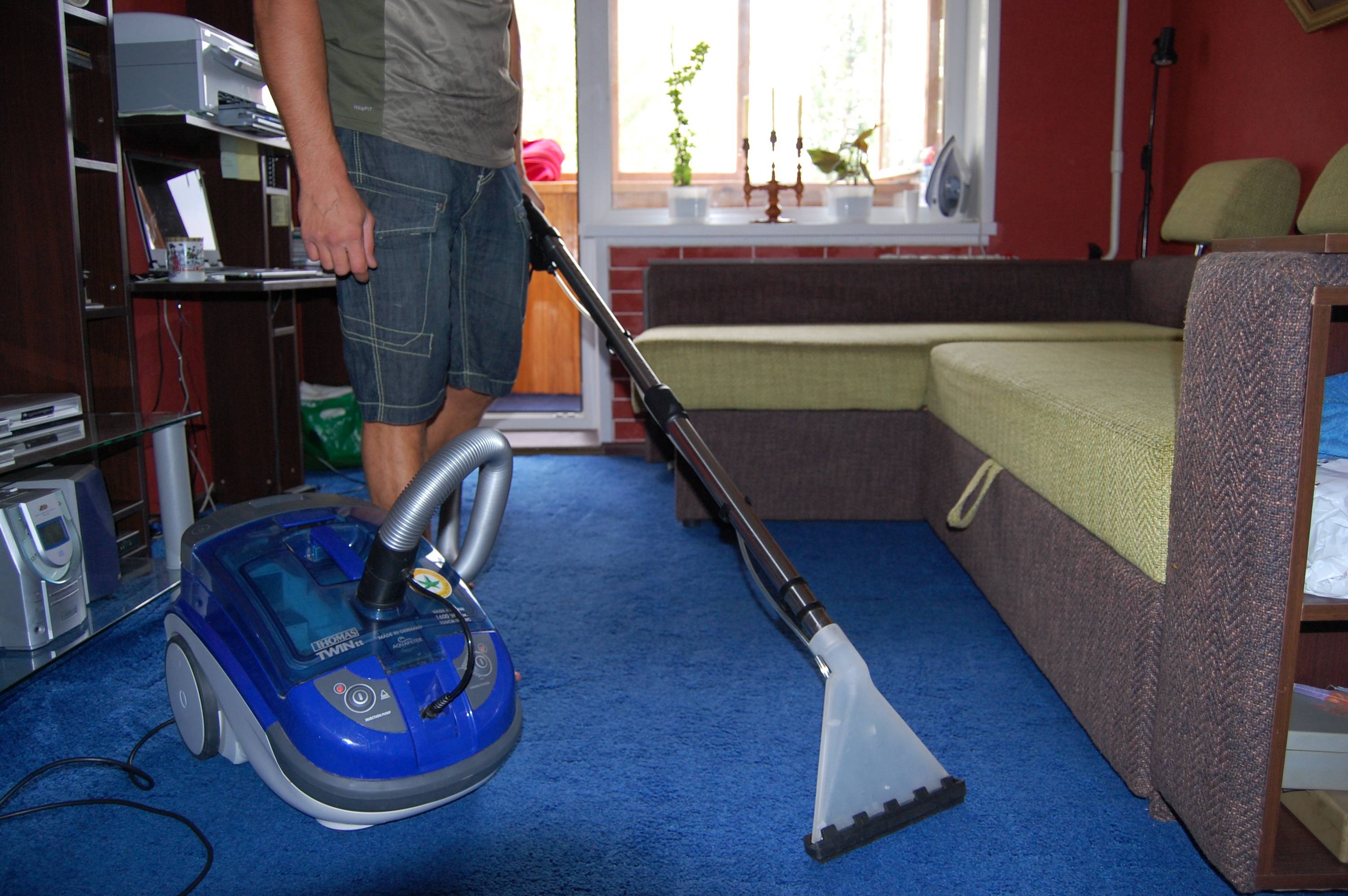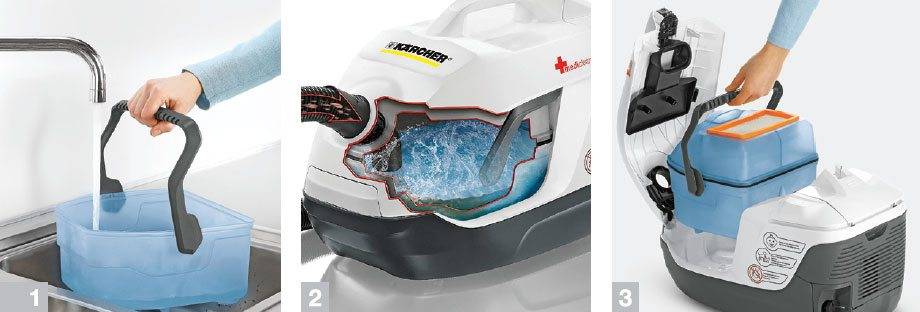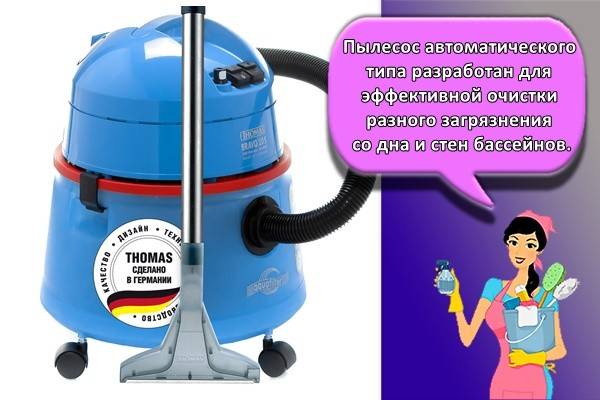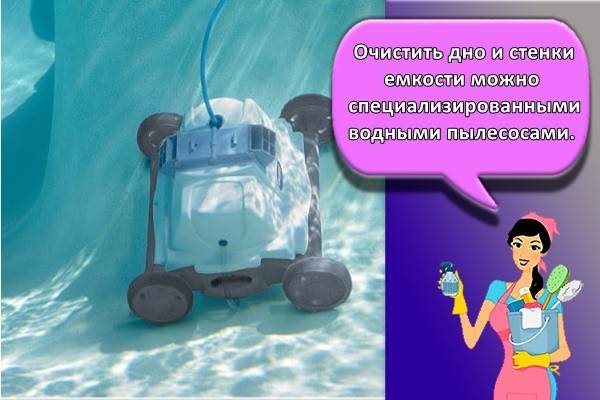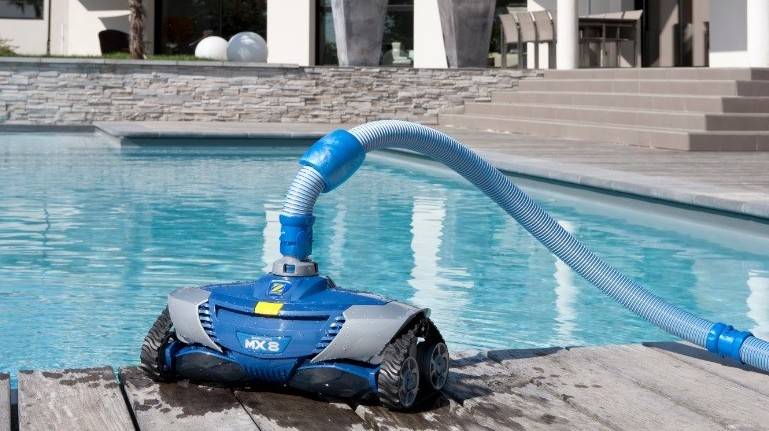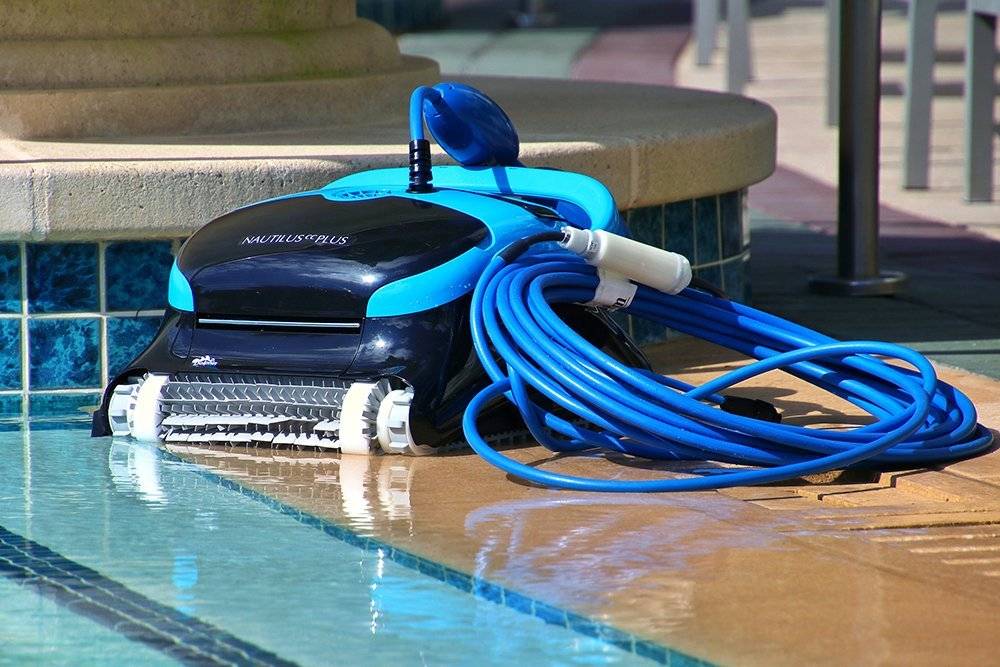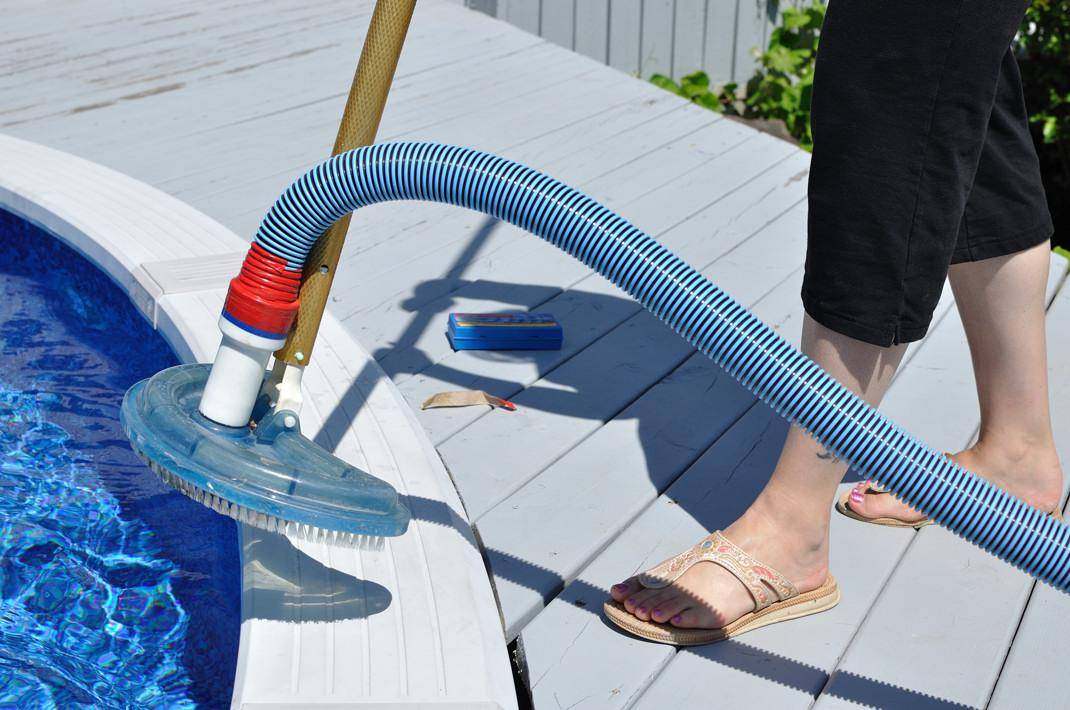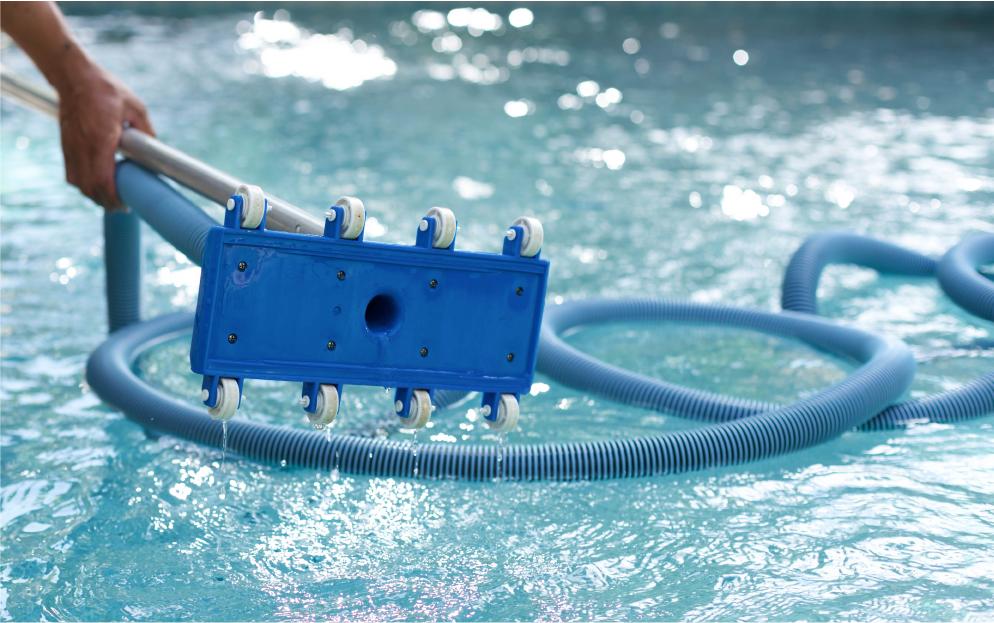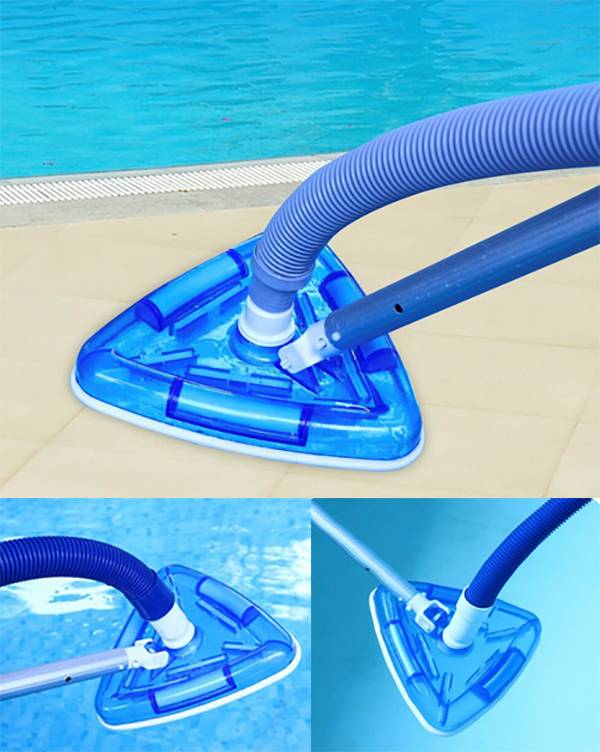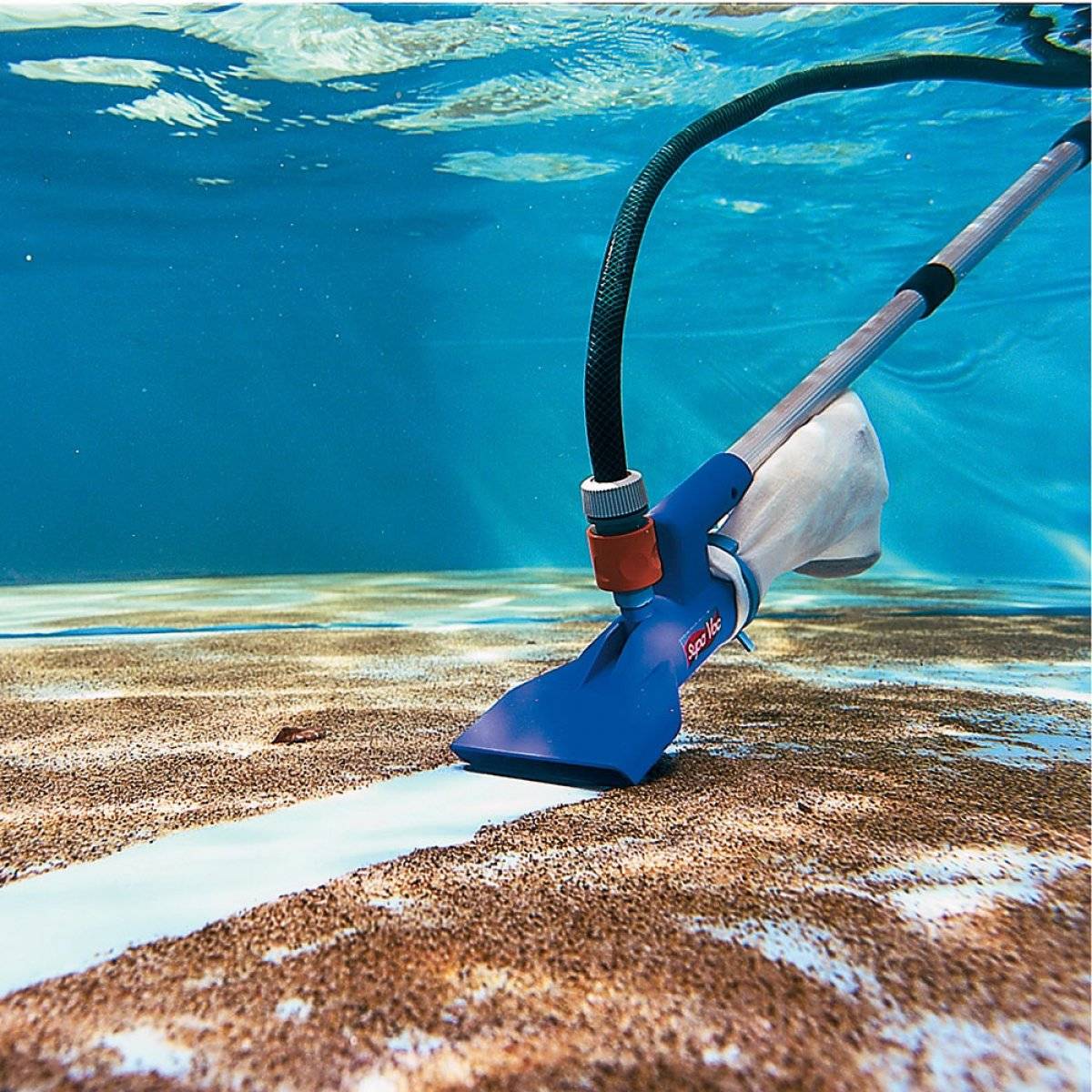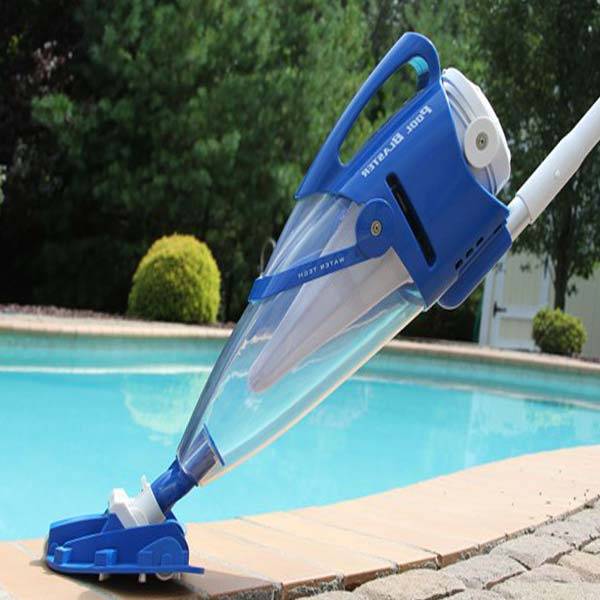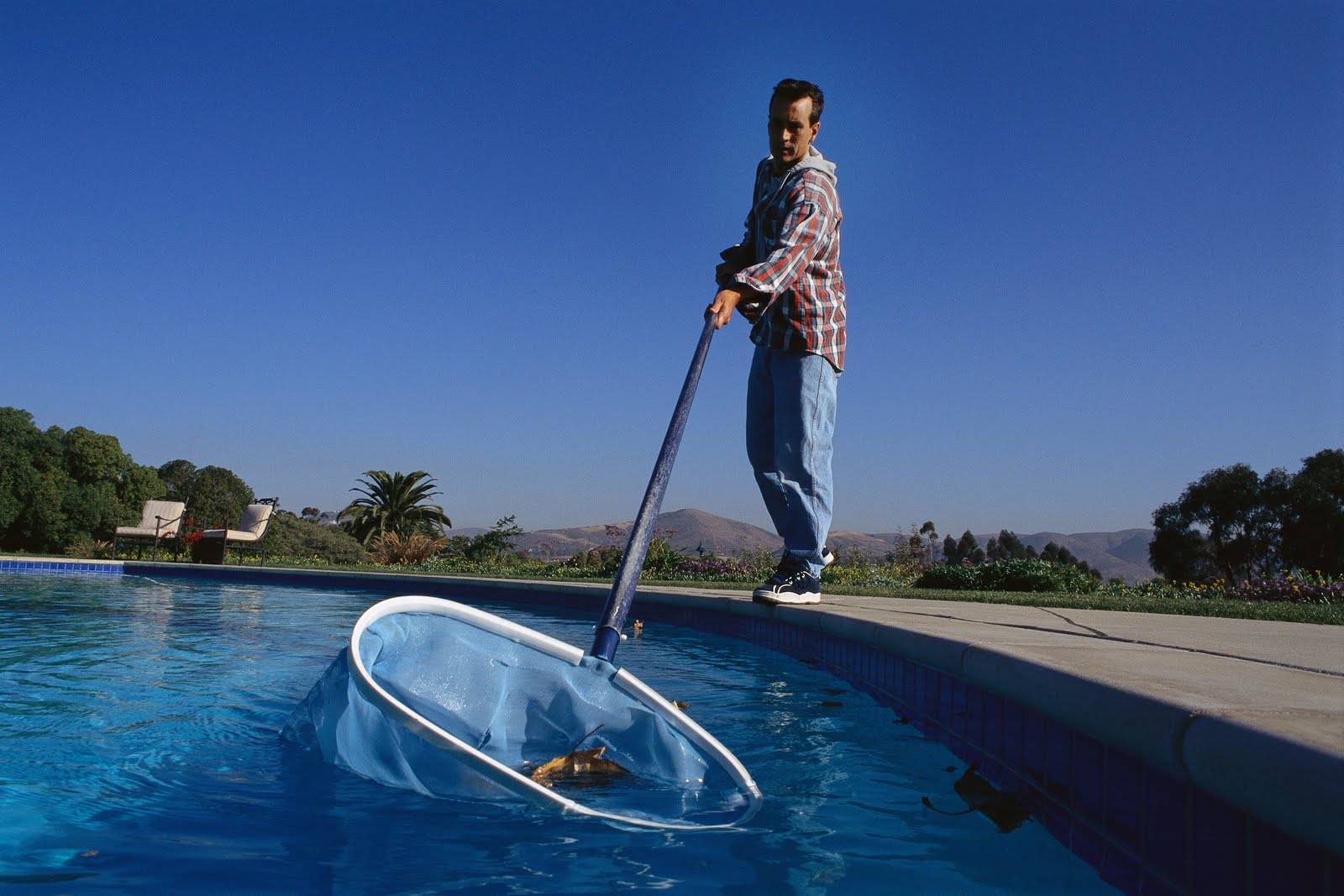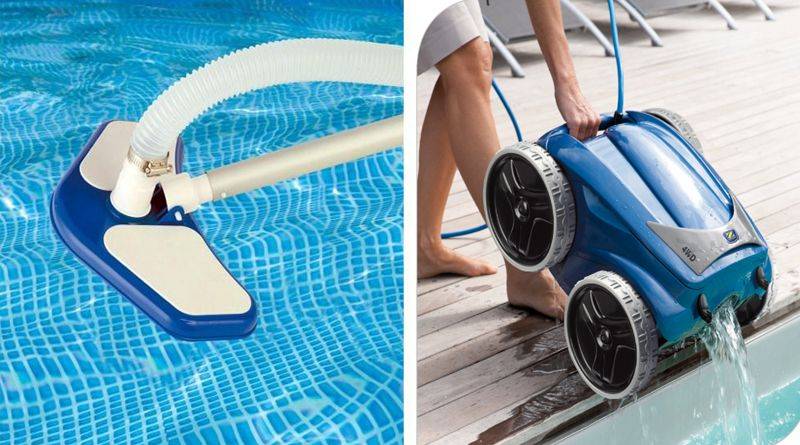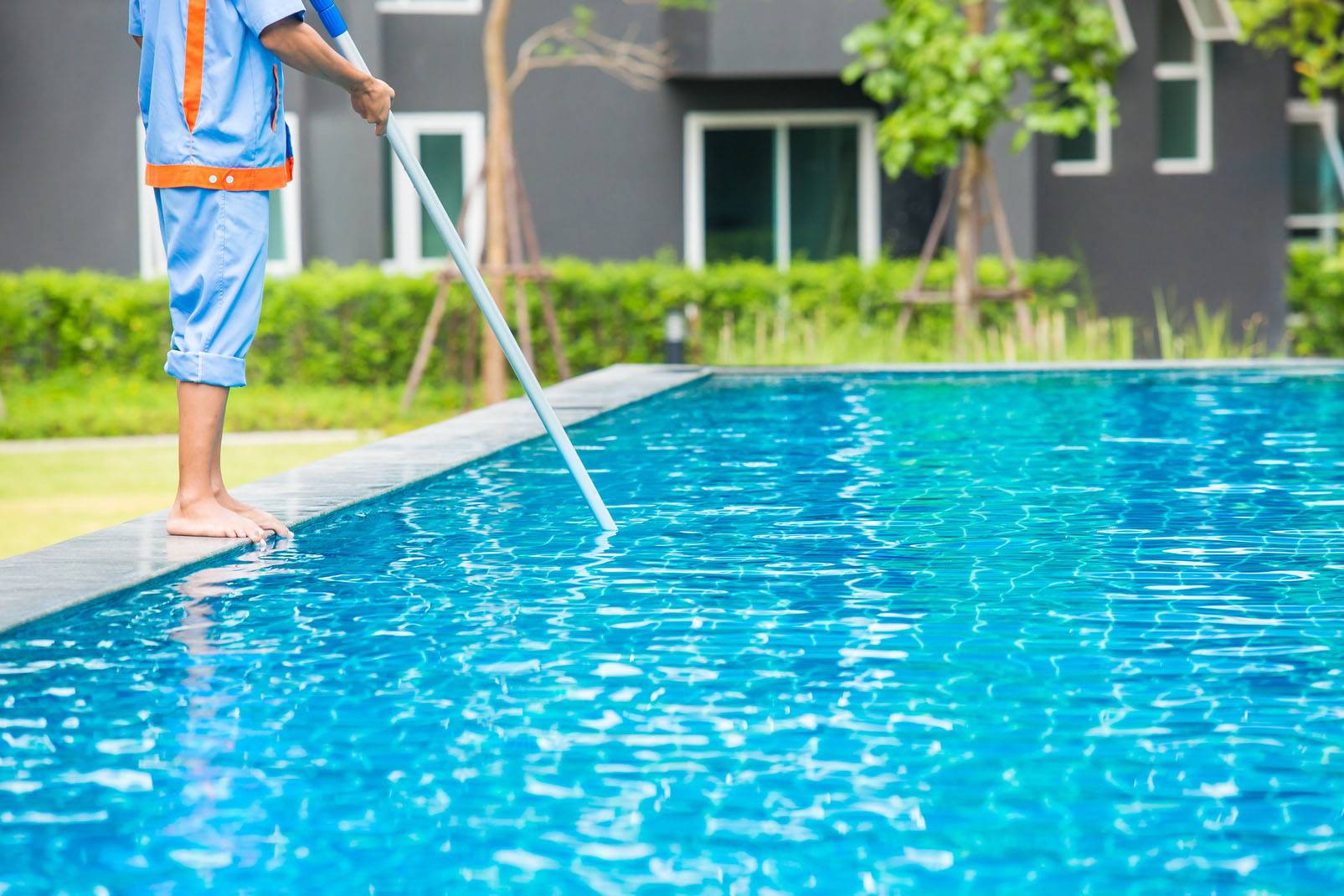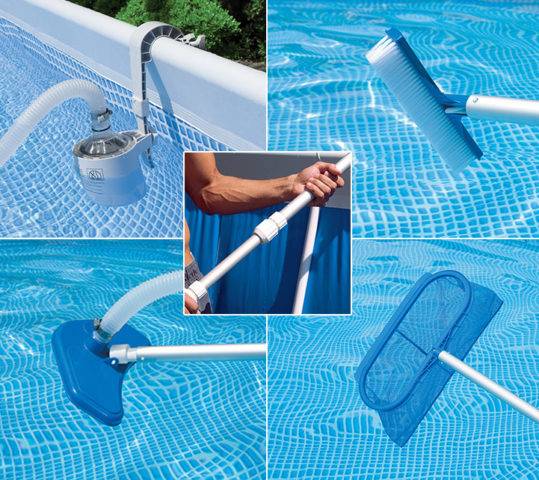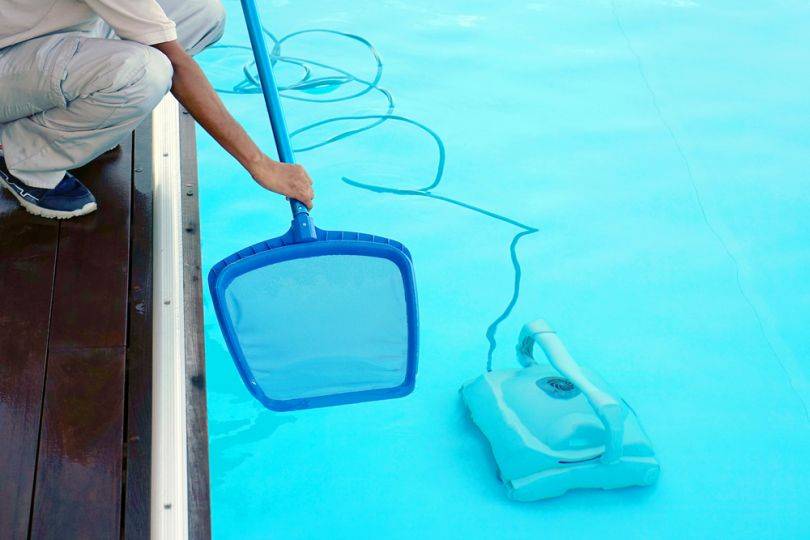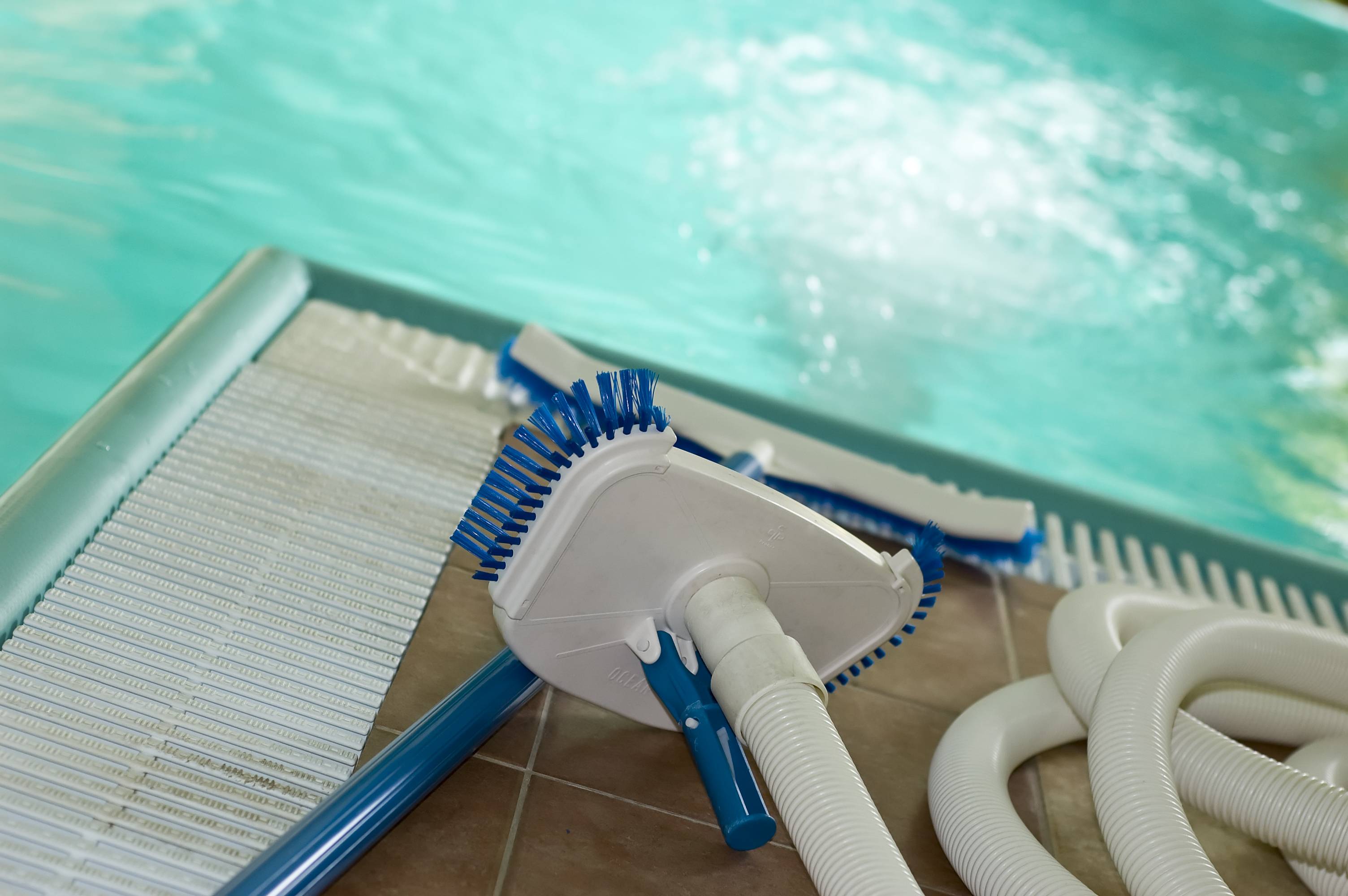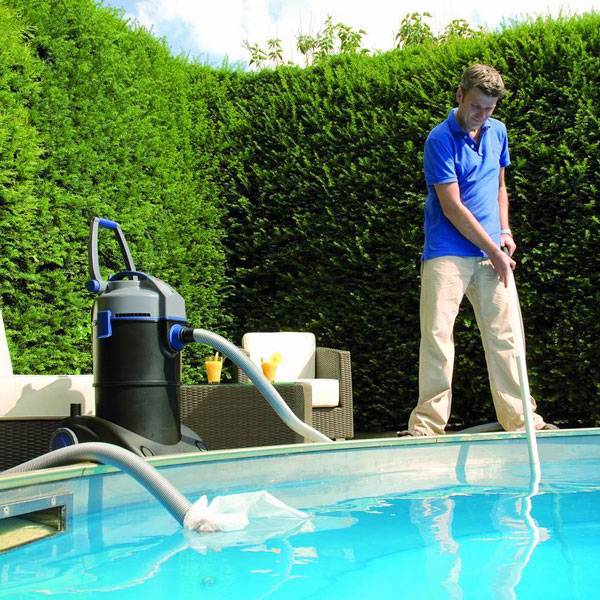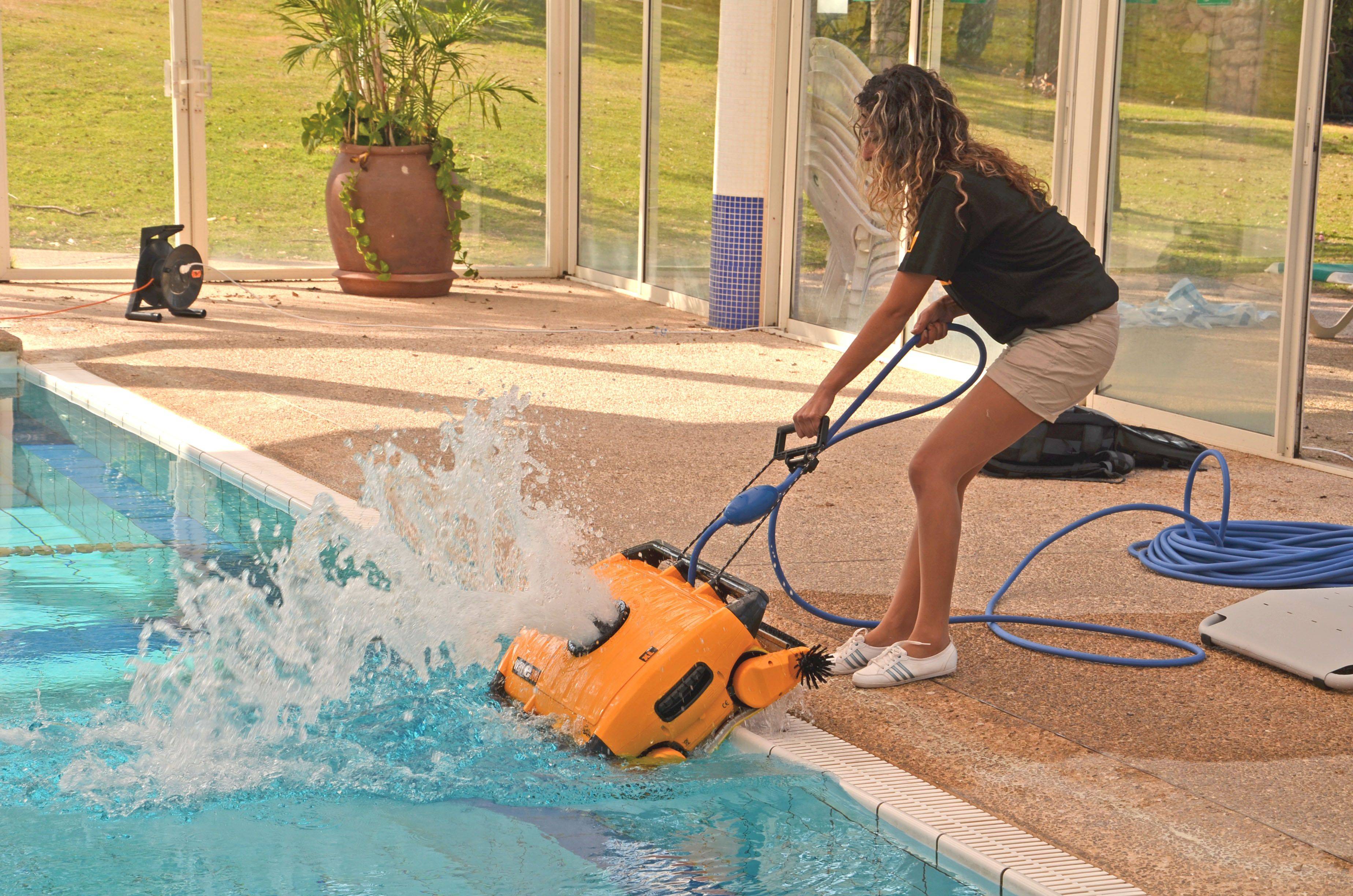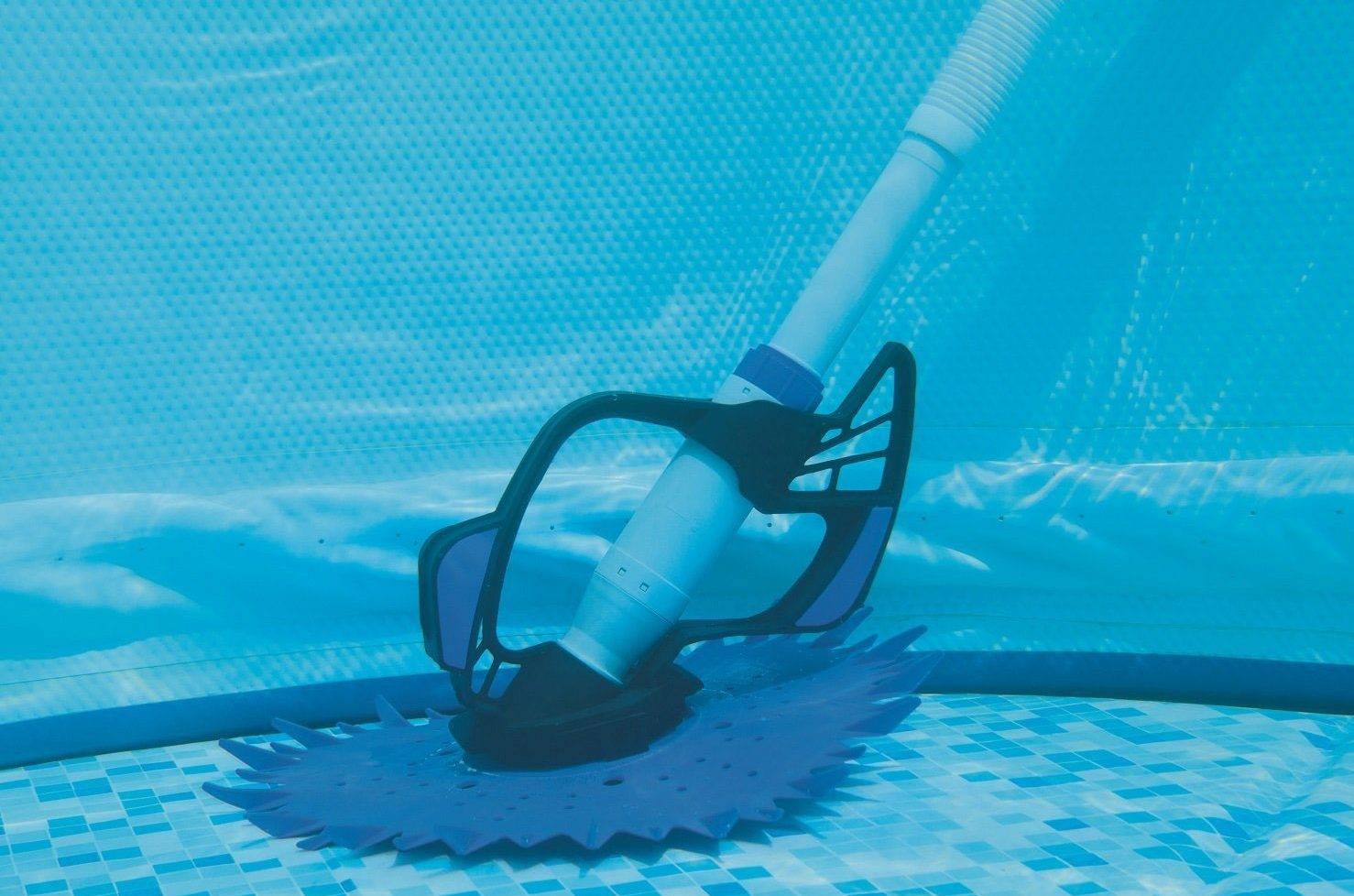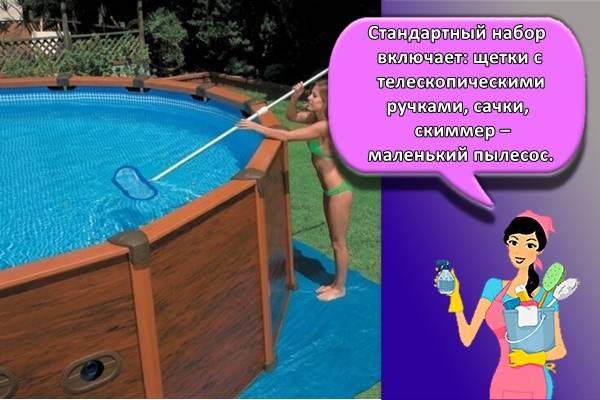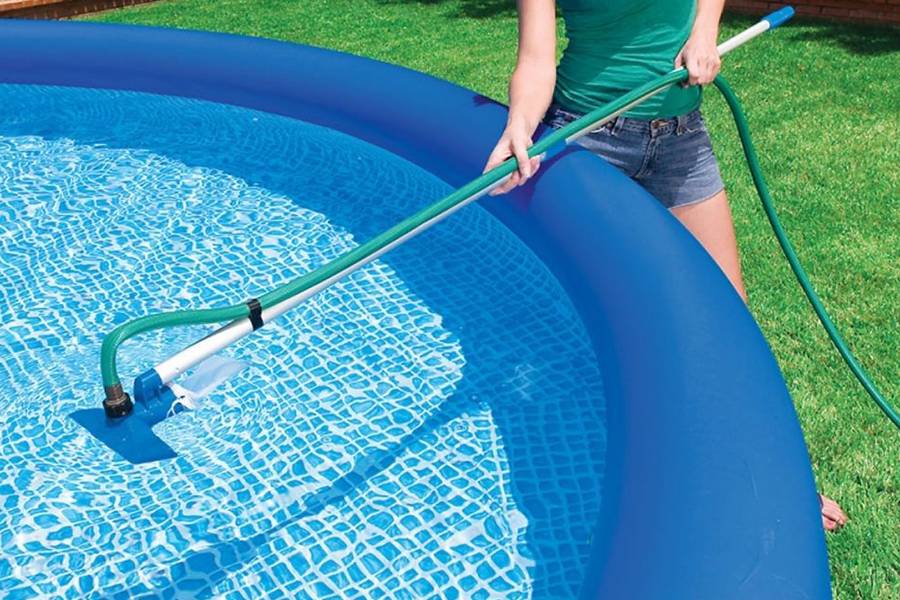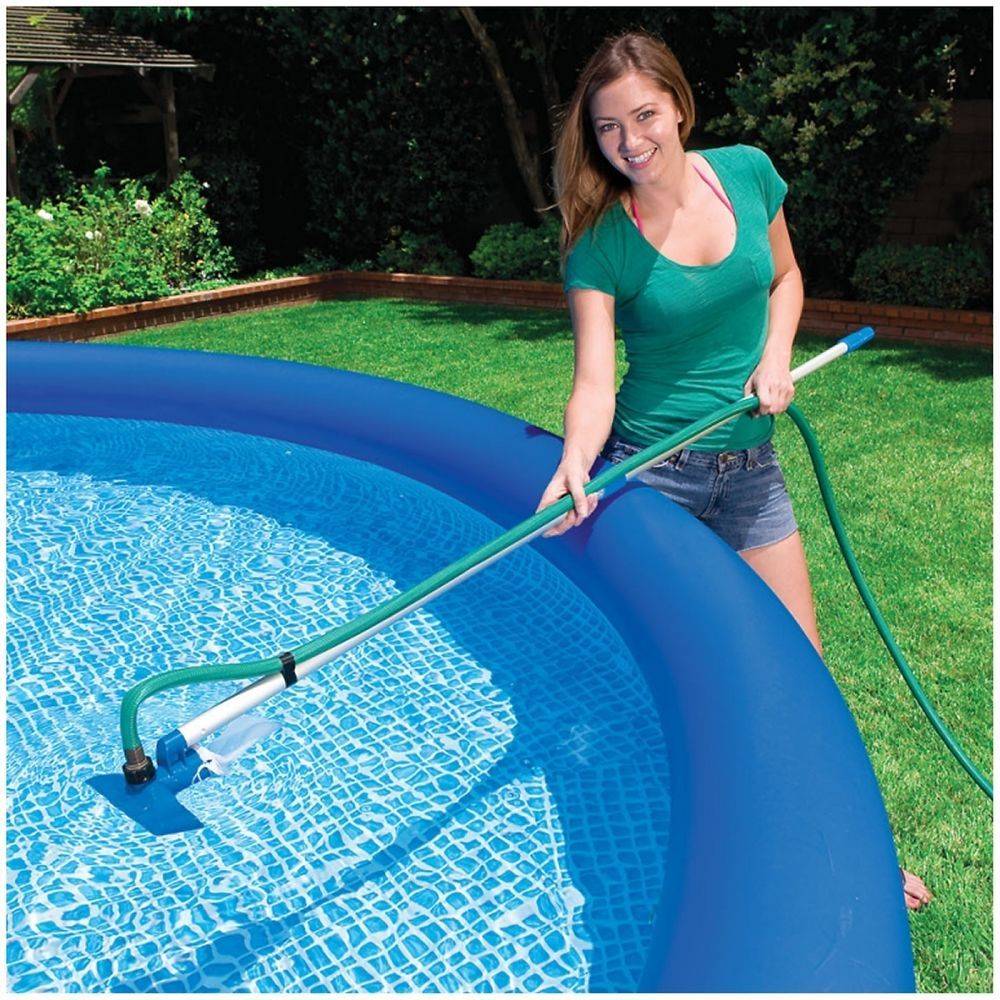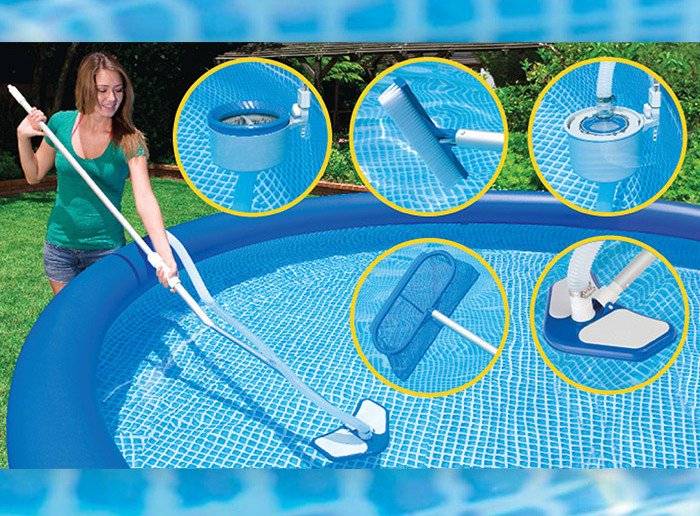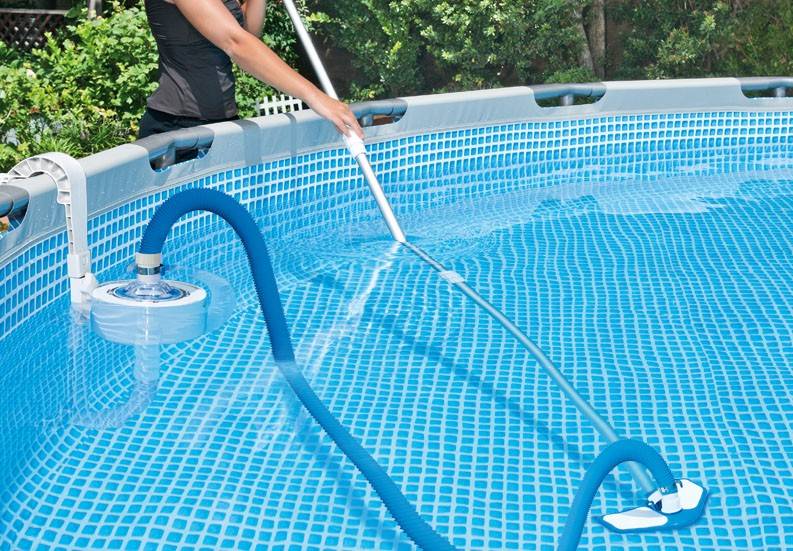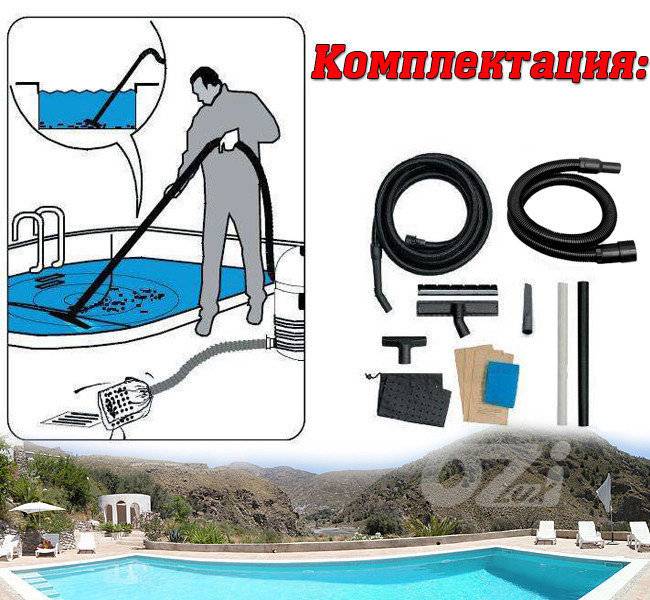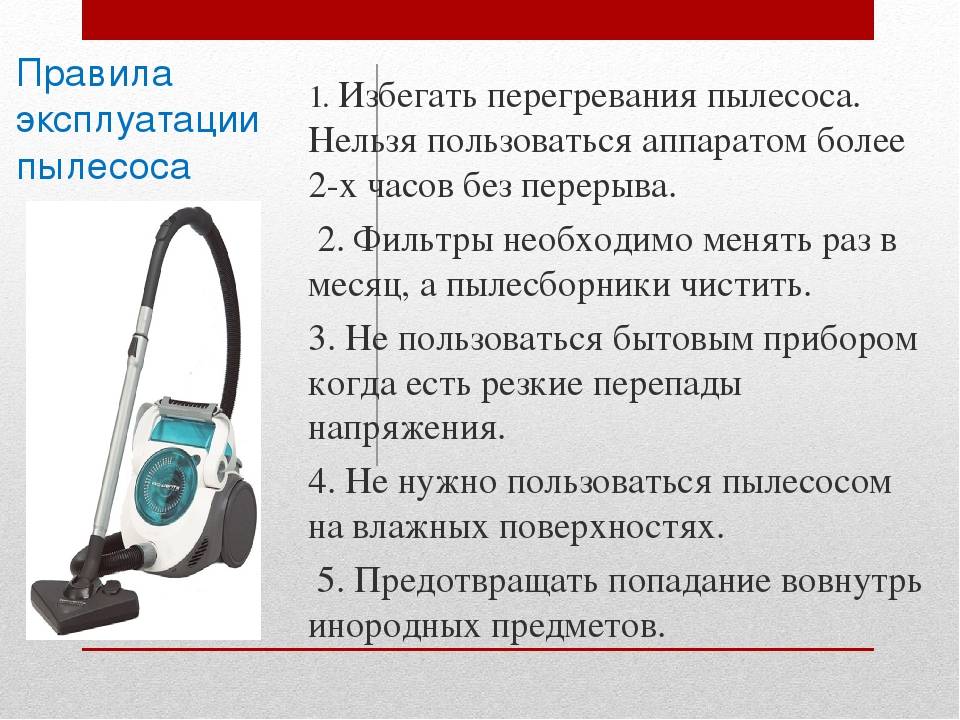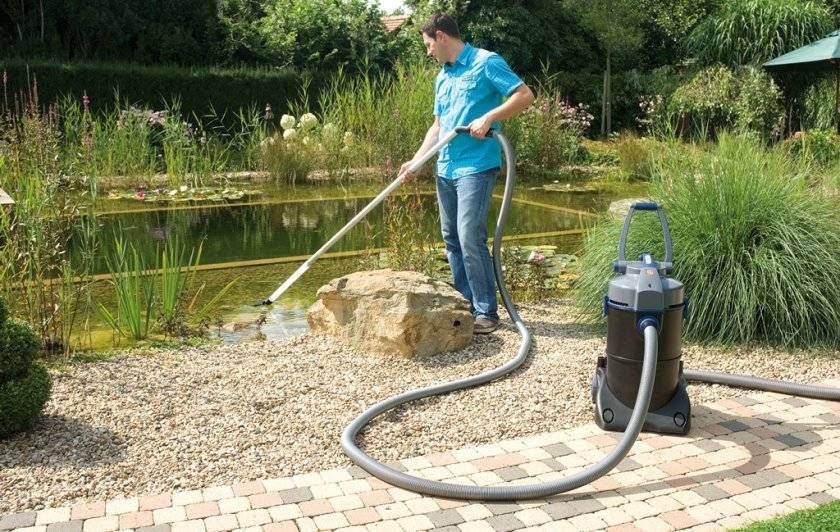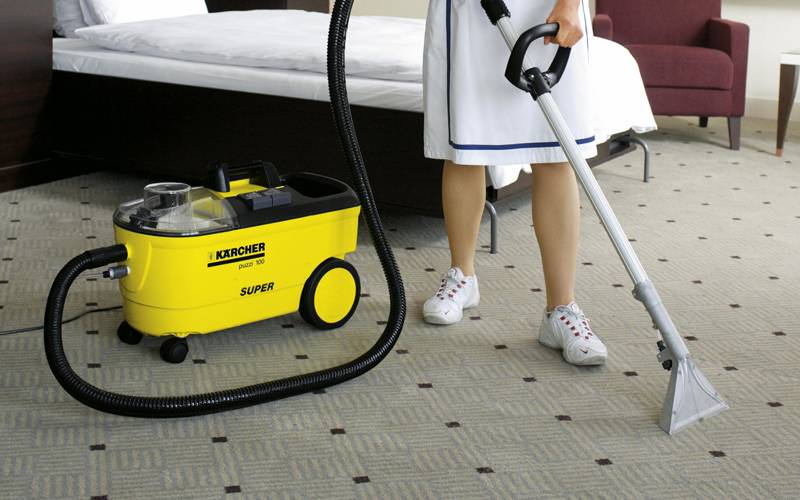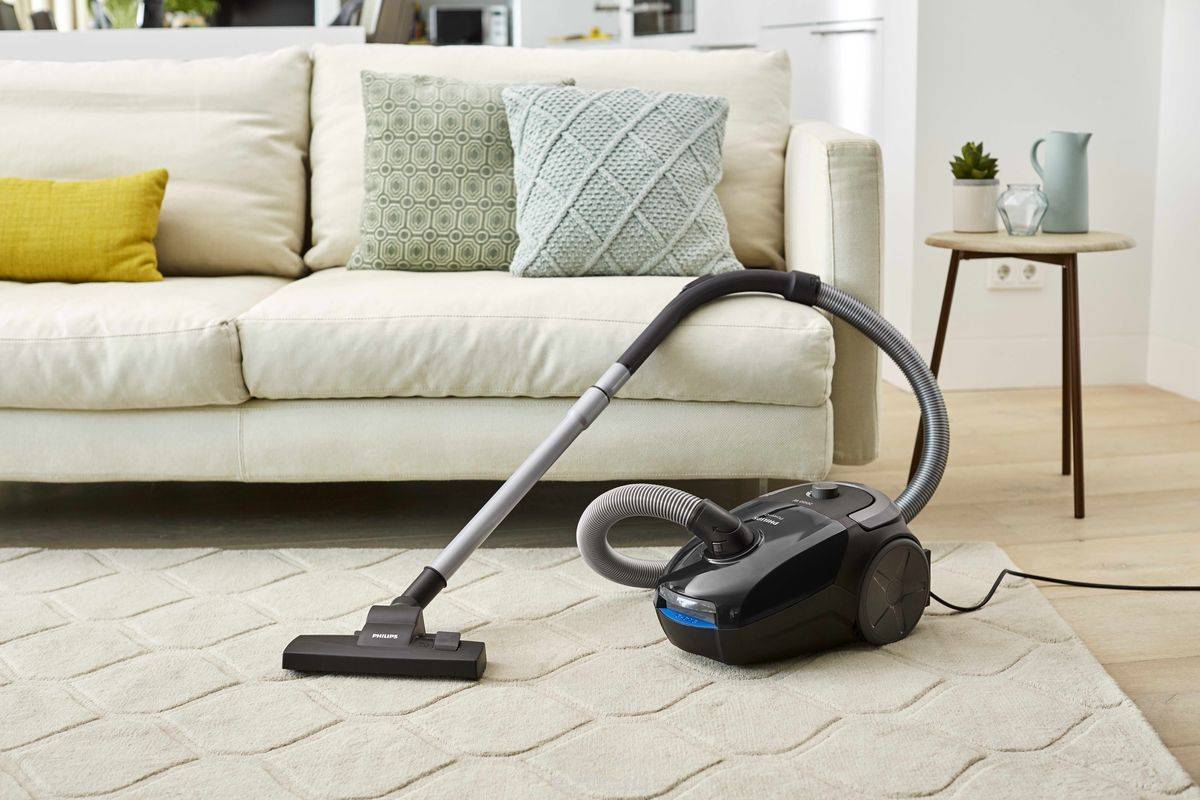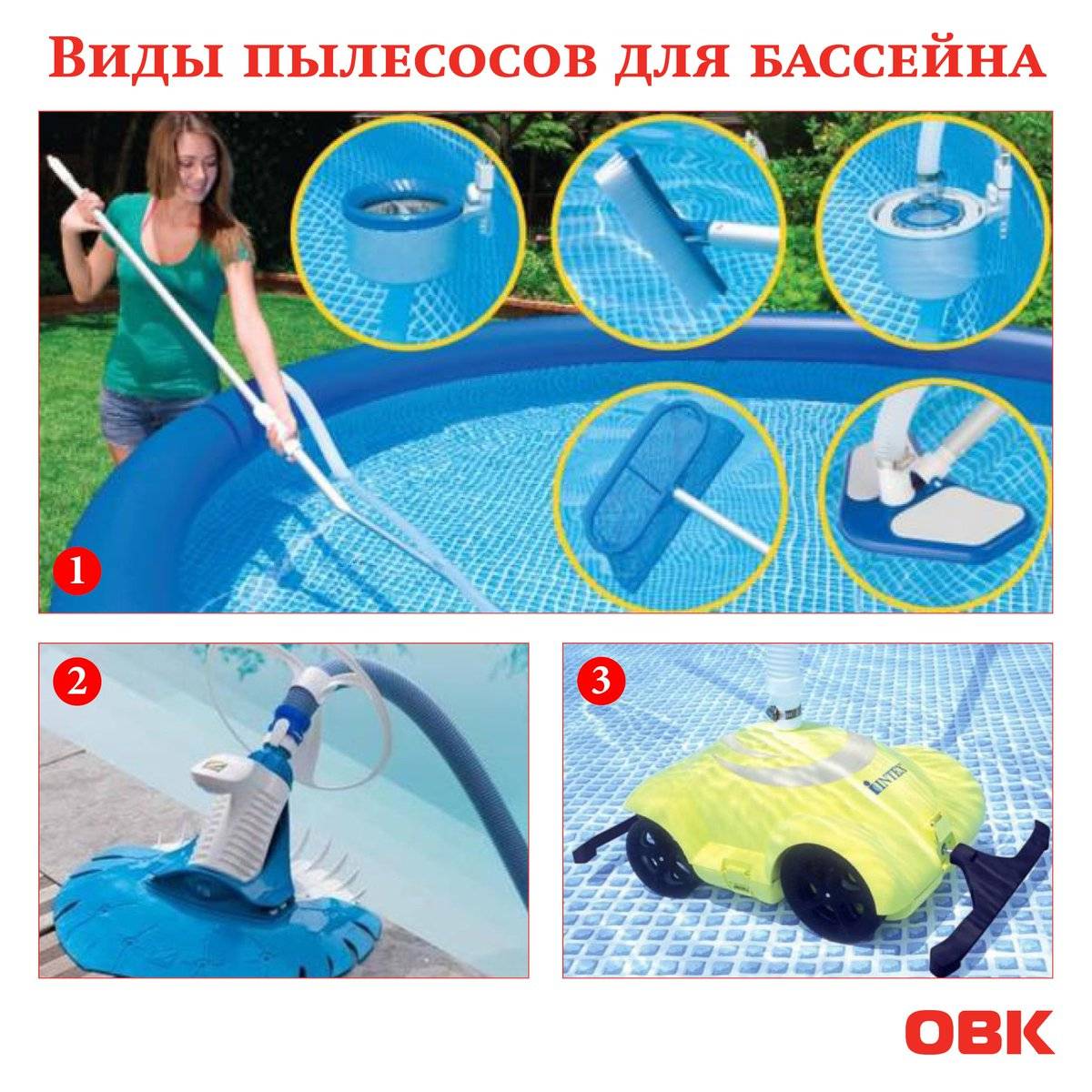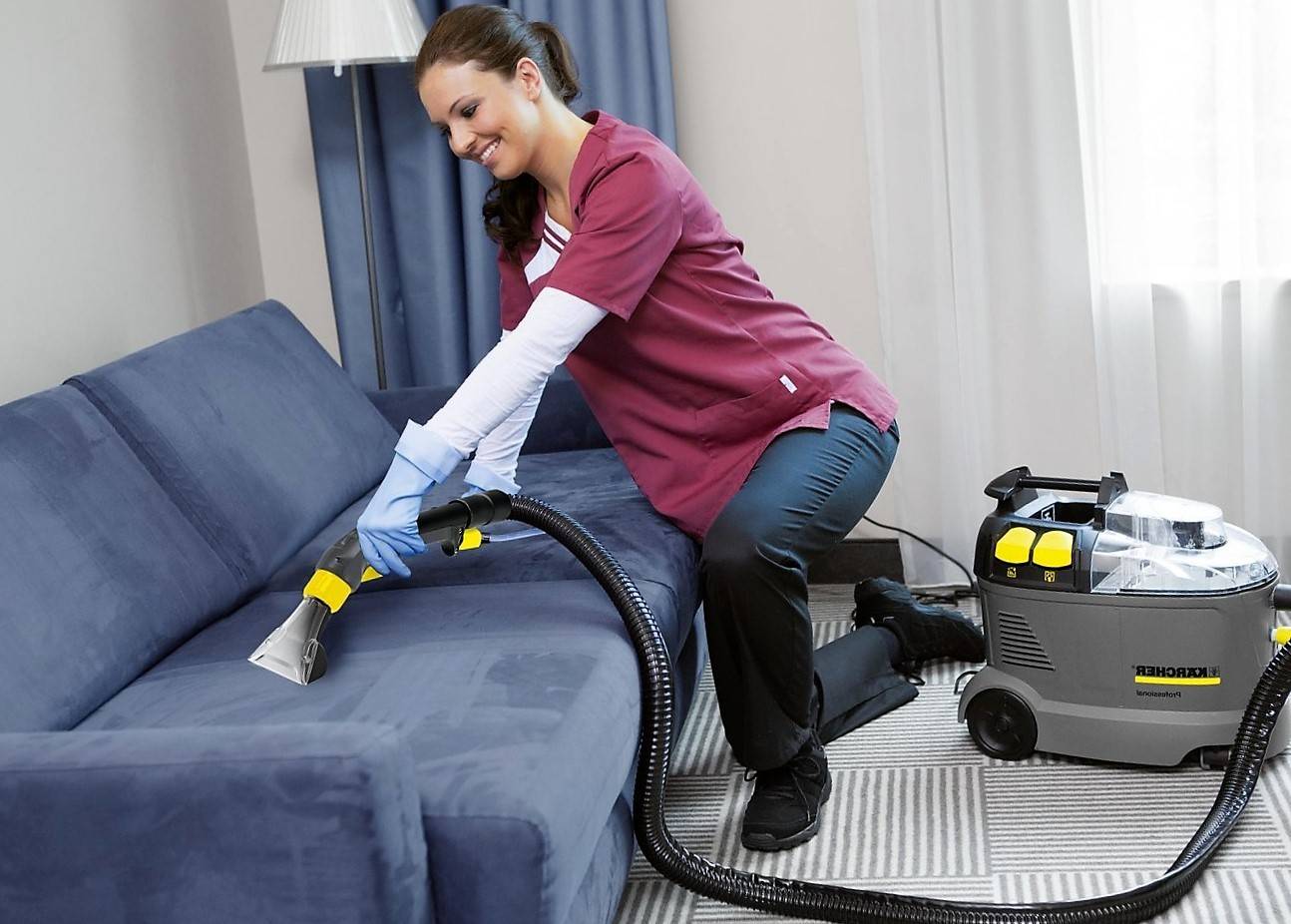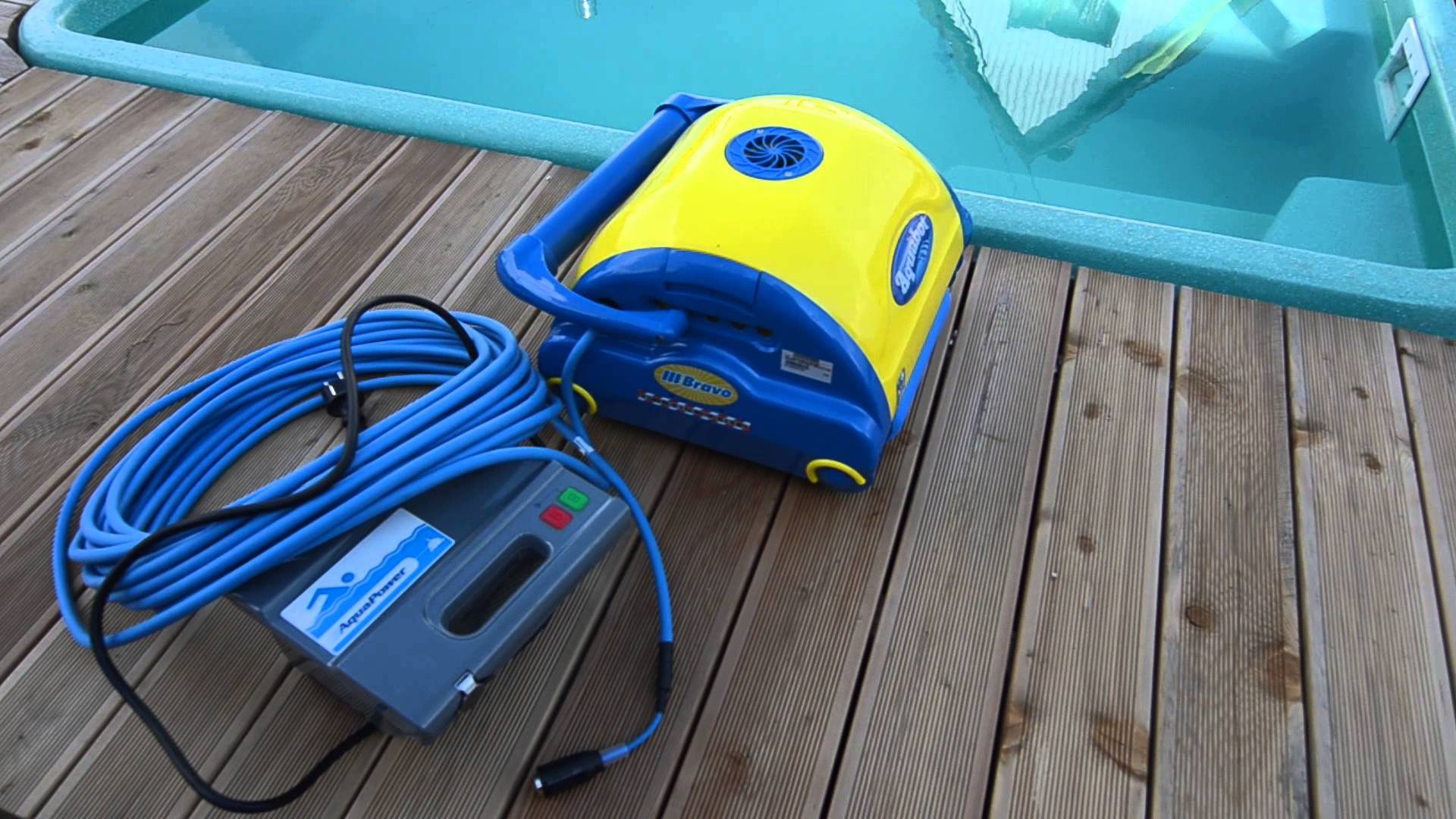We make a brush for efficient and quick removal of dirt
A homemade vacuum cleaner is very simple to make. You need to stock up on the simplest materials that are available in any store that sells sanitary equipment, and spend a minimum of time performing all the necessary operations. You will need to purchase:
- brush;
- plunger, plumbing fitting (they will be used as an elementary intake nozzle);
- corrugated hose;
- polypropylene pipe, plugs and tee.
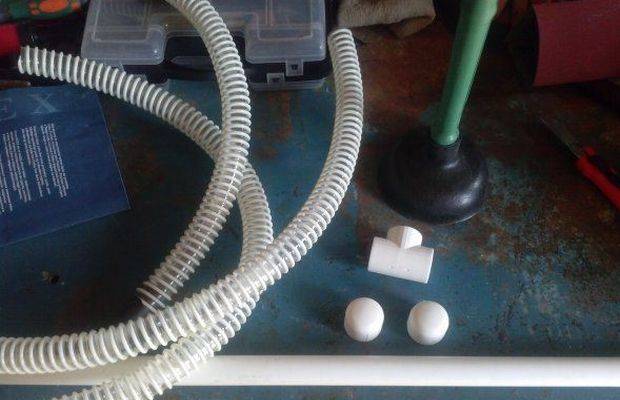
DIY brush
You can use any brush for a water purifier. If you do not want to suffer, it is allowed to use the one that comes with the home vacuum cleaner and is never used (or very rarely). With this brush, you can clean the pool. But there is one problem here. Vacuum cleaner brushes are usually small. This means that the process of cleaning the pool can be seriously delayed (even when you have a small inflatable or frame bowl).
Unless you're planning on messing around with cleaning for too long, it's advisable to make your own brush. The instruction in this case is simple. Take a PP pipe. Cut off a portion of it (approximately 0.25–0.3 m), and then cut a 4–5 mm slot along the cut piece of tubular. After that, cut the finished workpiece in half, insert both of its parts into a plastic tee, solder them, and close both halves with plugs (polypropylene) at the edges. In the third outlet of the tee, mount another piece of polypropylene pipe (now whole, without cuts). This part will act as an adapter between the hose and the brush.
The homemade manual pool cleaner is ready. It can already be connected and used. But it's better to slightly improve our brush so that it works more efficiently. To do this, it is enough to glue an elastic band from a conventional wiper installed on the windshield of a vehicle onto a polypropylene pipe with a slot. This brush additive is very good at removing dirt from the bottom and sides of the pool.
If desired, instead of an elastic band, you can mount a strip with stiff bristles or any other device that will effectively remove dirt on the pipe. All additional parts are either screwed to the pipe with small universal screws, or glued. In the latter case, you need to use a good adhesive, since we will place a hand-made brush in water. The edges of the brush should be free of burrs and sharp corners. These defects can tear the surface of inflatable pools and scratch the frame structures.
A vacuum cleaner for the pool: what is this miracle of technology and how is it used
Dirt in any summer cottage pool (inflatable, frame or stationary) does not just spoil its appearance, harmful bacteria and fungi develop in it. Therefore, cleaning the pool at the summer cottage is a mandatory measure. To ensure that the water in it is always suitable for bathing, two methods of purification are used:
- chemical - with the help of special means;
- physical - with the use of different devices.
Let's dwell on the second method in more detail. To remove all unnecessary from the pool, you can use a net or a brush. However, most likely, the net will not completely catch the debris, and the brush can only collect dirt from the side, otherwise it will fall into the water.
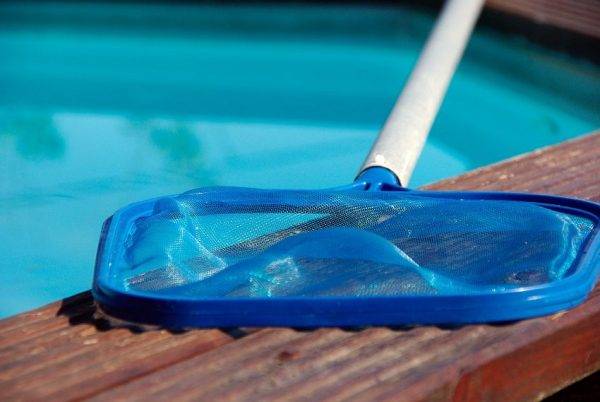 With the help of a net, you can catch only large debris from the surface of the water
With the help of a net, you can catch only large debris from the surface of the water
Therefore, nowadays vacuum cleaners for swimming pools are popular. They are sold in hardware stores and are designed to clean the bottom, walls, and surface of water.It is not difficult to use these devices. They work in this way: they suck in dirty water, drive it through special filters and pour the purified liquid back into the pool.
There are three types of pool vacuum cleaners:
- manual - a hose, a handle and a brush attachment are connected in it, which are attached to the filter. The bristles or rubber base of the brush is used to clean the bottom and sides. Dirt enters the hose, and then into the pump, where the water is purified using one or more filters (they can be changed as they become dirty). Suitable for frame and inflatable pools;
- semi-automatic - a special valve is built into the hose to regulate the water flow rate, and there is also a membrane with which the vacuum cleaner is attached to the bottom. Can be used for all types of pools;
- automatic - works like a robot, the whole is immersed in water, saves energy.
Photo gallery: types of industrial pool cleaning devices
Each type has its own advantages, but they all cost money, and if you pay about three thousand rubles for a manual one, then the robot will cost a significant amount. If you have the desire and time, you can make a vacuum cleaner for the pool yourself.
Cleaning methods - what to arm yourself with?
Many people think that simply replacing the water is sufficient. But this method has a lot of disadvantages. Firstly, this approach is relevant for small containers. And constantly merging several cubes is quite problematic. Secondly, all microbes will remain on the walls of the tank and will live in, in your opinion, clean water. Thirdly, the temperature of the renewed liquid is not pleasant for bathing, and you will have to wait for it to heat up. And fourthly, today water is one of the most valuable resources for which you have to pay. Based on the foregoing, it is clear that this method is not only uneconomical, but also ineffective.
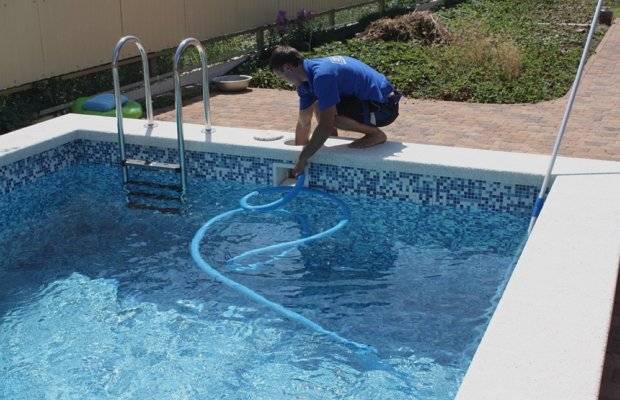
Replacing the pool water
More efficient physical cleaning, that is, the use of underwater vacuum cleaners and special devices. With their help, visible mechanical particles can be removed. But this is not enough, they get rid of smaller impurities by means of filtration. There are several types of purification plants. Sand filters occupy a leading position due to their low cost. In this case, quartz sand and gravel acts as a filter element. They need to be replaced every few years.
Diatom plants can boast of an excellent degree of purification. They are filtered by means of a diatomaceous mixture. They trap particles several microns in size. The disadvantages include only too high cost. The best option is a cartridge filter. Several cartridges are located inside the case and remove particles up to 10 microns in size. They are more efficient than sand plants, and are much cheaper than diatoms. Plus some refillable cartridges.
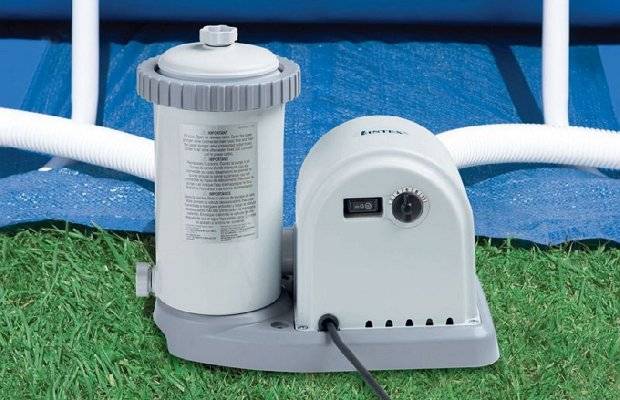
Diatom plant
But it is not enough to purify water only from mechanical impurities, because the organisms living in it pose a real danger. It is impossible to fight them with our own hands, but technique will help us. Electrophysical disinfection methods are highly effective. These include ozonation, ionization with silver or copper, and ultraviolet irradiation. All these methods are absolutely safe for the human body. But this will require special expensive equipment.
Ozone is an active form of oxygen and is capable of degrading harmful bacteria. However, only the liquid is disinfected, but the microbes that have settled on the walls of the pool may well survive. Water ionization plants consist of electrodes, a direct current flows between them, and as a result, ions are formed. Water passes through the chamber where these electrodes are located, and all microorganisms in it die.Ultraviolet radiation changes the cell structure of bacteria and algae, which contributes to their destruction.
Removing rust
Often tap water contains a large amount of iron, so it can take on a reddish-brown tint, forming a black, dried deposit after descent. Swimming in such a pool will be not only unpleasant, but also dangerous.
Water can be purified from rust using coagulants - organic, for example, polyoxychloride aluminum (hydrochloride) or synthetic based on aluminum or iron sulfates, titanium dioxide. The preparations react with iron elements, after which they precipitate in the form of large flakes, which are caught by filters and vacuum cleaners. However, before adding coagulants to water, experts recommend measuring and, if necessary, normalizing the pH of the water. Normally, this indicator should be in the range of 7.2-7.4.
To determine pH, special devices (pH meters) or test strips are used. Measurements should be taken weekly and after each addition of water and precipitation.
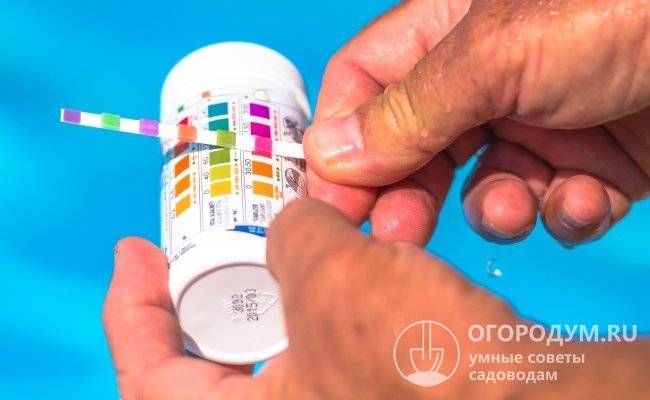 The pH level of water is an important indicator on which the effectiveness of the action of chemical and organic reagents depends.
The pH level of water is an important indicator on which the effectiveness of the action of chemical and organic reagents depends.
As you can see, keeping your own reservoir clean and tidy at the dacha is not an easy task. However, the modern market offers a wide range of water purification products. The main thing is not to be mistaken with the choice and choose the optimal equipment and preparations, taking into account the type of pool, its congestion and the individual characteristics of the people who use it.
Which pool vacuum cleaner is better to buy
If you need to clean a small frame or inflatable pool with a depth of 1.5-1.7 m, you can limit yourself to a manual model powered by a battery. Owners of structures made of concrete, fiberglass, stainless steel or polypropylene need more powerful vacuum cleaners, for example, automatic robots. The golden mean between these two options is a semi-automatic model that cleans the bottom on its own, but the walls will have to be processed manually.
Before choosing any option, it is worth deciding exactly why it is needed:
- If there is no time for manual cleaning, then the fully automated Dolphin Prox2 model for large bowls is just right.
- Deep structures (2-3 m) can be washed with the Zodiac Vortex RV 5400 PRO 4WD with a sufficiently long cable.
- The Hayward SharkVac XL Pilot is great for removing dirt from uneven bottoms, and it moves smoothly with changes in depth.
- If there are a lot of hard-to-reach areas in the bowl, then Intex 28001 is recommended for use.
- Vacuum cleaner "Scuba" will help to provide high-quality care of ground structures.
- Of the inexpensive, but high-quality options, you should take a closer look at the Bestway 58212, which copes well with small bowls.
- Among the manual models for removing waste in bowls up to 4.57 m long, the Kokido Telsa 10 stands out.
When buying a water vacuum cleaner for a pool, it is important to focus primarily on the conditions of its use - the type of structure (ground or built-in) and the size of the bowl. And only then it is worth looking at the characteristics of a particular model - type, power, weight, noise level, etc.
Working with a homemade pool vacuum cleaner
When our equipment is ready, we install it and check its functionality after turning on the pump. If everything is fine, and the water is sucked in, passes through the filter and is discharged back into the pool, we start cleaning it.
It would be much more correct to start by cleaning the walls. It is advisable to immediately wash those parts of the pool that are above the water, which can be done with an ordinary brush. Next, walk along the waterline and vertical walls in the water. And only after completing the cleaning of the walls, you can proceed to cleaning the dirt from the bottom of the pool.
You only need about an hour for the average pool to get it up and running.Now the water will be clean and safe, of course, subject to the integrated approach that we talked about earlier.
A do-it-yourself pool vacuum cleaner is a simple invention that is even fun to work with.
Spending only half a day buying everything you need, drawing up the drawing and assembling itself, you will save a lot of money, and you can clean your pool at any time. published
Types and methods of cleaning filters
So that the debris passing through the vacuum cleaner does not clog the turbine and does not go back into the room, several degrees of filtration are installed inside the appliance: coarse cleaning, engine and exhaust air filter. Depending on what type of dust collector requires cleaning, it is worth choosing a cleaning method.
Pouch
There are several types of bag filters: paper, synthetic, fabric. Cleaning of paper and fine synthetic filters is not provided. These types are disposable, as soon as the maximum contamination is reached, they must be removed from the vacuum cleaner and new ones installed. These filters are enough for several cleanings, on average, the service life is about a month.
Fabric bags are allowed to be shaken out, washed. The base-fastening of such bags is usually made of plastic, has a rubber cuff inside. Cleaning can be done with air. To remove the filter bag, you need to open the cover on the front of the panel or open the separate compartment (depending on the model). A latch or clothespin can fix the bag.
Water
Aquafilter is one of the most effective types of filters in modern vacuum cleaners. It is assumed that all dust particles remain in the water. Cleaning consists in replacing the dirty water with a new one and rinsing the filter walls. Dust masses enter the aquafilter from above, while only 1/3 of the filter should be filled with water.
Air absorption by the container is carried out in such a way that there is not only a partition between the hose and the turbine, but also a whole layer of water. The entrance and exit are not interconnected, everything is hermetically sealed. Thus, the dust passing through the water barrier gets wet and remains inside, only clean air comes back.
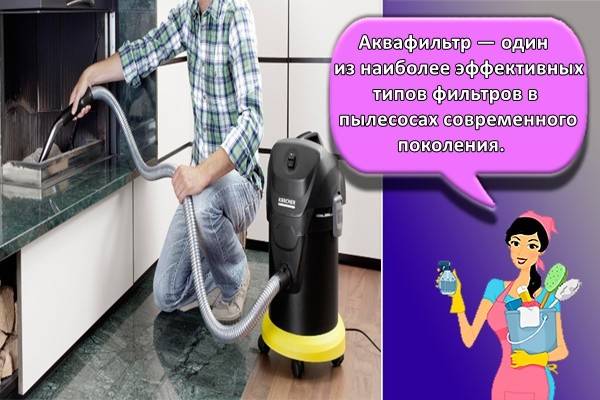
Cyclonic
It is a plastic container that vaguely resembles a teapot. The principle of operation of the cyclone filter is based on centrifugal force: the debris is pressed against the walls and tightly held by the action of air currents. This dust collector is easy to clean. To do this, remove the container from the vacuum cleaner. In case of slight contamination, simply shake out the debris.
HEPA filter
Modern hepa-type filters are produced in paper (disposable) or polymer. The latter are easy to clean: a brush with a hard bristle removes large dust particles, after which the filter is washed with water
To remove it, you need to open the cover of the vacuum cleaner, in the part where the dust collector is located (it is important to first disconnect the electrical appliance from the power supply), remove the filter
Foam
This type of filter is usually used as protection in front of the motor and cleans the air leaving the vacuum cleaner. The foam can be cleaned with a brush or washed with soap or detergent. The filter must dry out, it is not recommended to squeeze out, this can deform its shape and shorten its service life. In case of wear, you can make a replacement yourself using a washing sponge. It is better to choose non-porous foam, but not too high density.
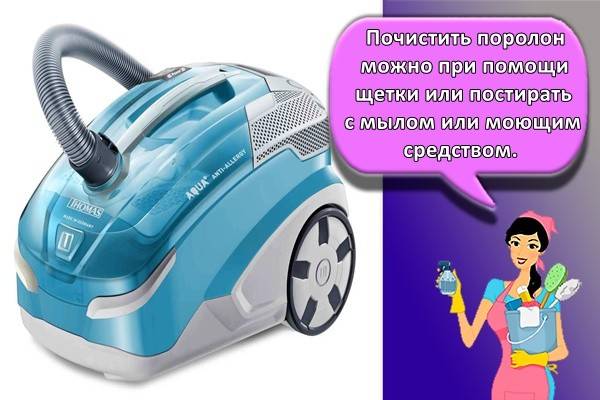
Carbonic
The charcoal filter is much less common than the others. Perfectly combats unpleasant odors, even when the vacuum cleaner is turned off. This type of filter usually has a rectangular shape, a plastic base filled with compressed carbon granules. The only cleaning method available is brushing. In fact, this type of dust collector is intended for single use. A serious drawback is the high price.
Use of chemistry
Swimming pools are cleaned using a range of chemicals. These substances must be selected so that they give effective purity and do not harm humans.
They are represented by the chemical industry in several types:
- disinfectants;
- regulating the composition of water;
- preventing water bloom;
- acting against water coagulation.
The latest technology is water disinfection with hydrogen peroxide. When combined with water, it releases a large amount of active oxygen, which gives disinfection
The important thing is the absence of unpleasant odor, allergies and skin irritation.
PH adjustment
There are special instant-action tablets that equalize the pH level, at the same time disinfect water, and remove plaque from the walls in the form of organic deposits. It is today a versatile product for maintaining pH levels while simultaneously purifying water. The pH level is measured with special instruments.
The neutral level should be 7 units. pH 7 indicates that the water has acquired an alkaline structure, in which salts precipitate, an unpleasant odor appears, and bathers' eyes can be irritated.

Disinfection
Chemical disinfectants should be added weekly to the water. They are designed to disinfect water, maintain its safe state for humans.
This is especially important if children are constantly swimming in the pool.
Chlorine based
The simplest but outdated technology is purification by chlorination. Yes, chlorine instantly destroys all bacteria, fungi and harmful components. Its action maintains the purity of the water for a long time. Chlorine is produced today in the form of powders, solutions, tablets, granules, There are also ready-made kits for purifying water in the pool
When using chlorination, it is important to keep the dosage accurately. If family members who are fond of bathing have contraindications to chlorine, other technologies should be used.
Bromine based
The use of bromine helps to get rid of harmful bacteria. It is less aggressive, it does not have an unpleasant odor, it does not have a negative effect on the skin.
Active oxygen based
They clean pools using active oxygen. This method is well suited for purifying water in small pools. In terms of its effectiveness, active oxygen is many times greater than the effect of chlorine and bromine. It is completely safe for humans and perfectly disinfects water.
Algae control
Water in outdoor pools will certainly bloom if it is not regularly changed and the pool bowl is not cleaned with special means. Green algae remain on the walls, bottom; mechanical cleaning with the use of special reagents is required. Yellow algae grow in the shady part of the pool and are very difficult to remove. They die only from shock doses of chlorine, and the treatment will have to be carried out repeatedly. In this case, after the use of chlorine, it must be neutralized.
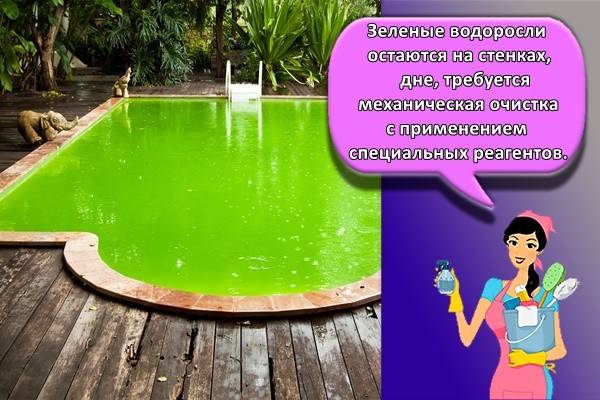
Black algae are the most resistant to chemical treatments and hide in PVC welds around drain holes. Their appearance indicates the complete absence of chlorine in the water. Chemicals change the acidic and alkaline composition of the water, thus stopping and completely stopping the growth of algal spores.
It is required to measure the presence of chemicals, chlorine, salts in water on a weekly basis, to evaluate the hydrogen pH. There are special testers for this. To clean the pool surfaces from algae, use a water vacuum cleaner, rinse filters with chemicals, replace cartridges.
Physicochemical process in water, which is important in order for fine dispersed particles of pollution to become larger. Then they are easier to remove from the water. There are special substances - coagulants. They are added to the water before cleaning the pool, after the coagulation process, the enlarged parts of the pollution settle at the bottom and are easily collected with a vacuum cleaner.Flakes of dirt are then flushed out of the filters just as easily.
Heating water
How to heat the pool? In order to heat the water in a frame pool, the most popular methods are solar heater and heat pump.
If clear weather prevails in the region in summer, it makes sense to install a solar heater. It should be located in a place where it will be exposed to direct sunlight for at least 4 hours. The principle of operation is simple - there are sensors on the device that control the level of light and heat.
When the required indicators are reached, the pump begins to pump water from the pool into the collector, which heats it up and takes it back to the tank. After the water temperature reaches the desired mark, the flow passes outside the heating element. Among the advantages of this method are economy and ease of use.
The second option is heat pumps. They work on a similar principle: the device accumulates heat from the environment - from the ground, water or air - and heats the water with it. For a summer cottage, it is better to purchase an air heat pump. It is environmentally friendly, economical and able to operate even at low temperatures above zero.
Mechanical method
The most straightforward and affordable way to clean the pool without chemicals. The pond is tidied up with their own hands. For cleaning the bottom and walls, special brushes, automatic and semi-automatic devices are used.

Filtration units
Filters and pumps can be used to remove fine particles. Cleaning equipment is classified according to needs.
- Sandy. Such filters for cleaning the pool are the most inexpensive of all. They are filled with quartz sand. Water passing through the pump is purified, fine particles of debris settle in the sand, but not less than 20 microns. For all its simplicity, the sand filtration system is not popular with consumers. It requires careful maintenance. The filter must be rinsed every week under running water. If there are problems with plumbing at your summer cottage, then this method should definitely be abandoned. This installation is more suitable for an inflatable pool, where the water is renewed much more often.
- Diatomine. This is a new word in the market of filter systems. The water, passing through the pump, is cleared of the smallest debris - up to 3 microns! This result is provided by diatomaceous earth - these are small particles of plankton shells. The disadvantage of this method is that the cartridge clogs up pretty soon. It will not be possible to rinse it like a sand filter; you need to buy a new one. Considering the high cost of the installation, this option is by no means the most affordable.
- Cartridge. This is a convenient system for purifying water in the pool for those who want to get a good result without overpaying for it. The filtering device consists of several cartridges. It does not require special care and at the same time does not allow particles up to 10 microns to pass through. It can be rinsed under a strong stream of water in the same way as sand. You can use disposable cartridges. Purification of pool water from iron will be effective with filters. Cartridge filters are a great option when cleaning frame pools is needed.

Filter types
It is important that no filter pump is able to cope with the plaque that forms on the walls and bottom of the tank. For mechanical care, all kinds of underwater vacuum cleaners are used for cleaning
They are divided into types:
- Manual. Inexpensive device for the care of an inflatable pool. It connects to the filter unit.
- Semi-automatic. The unit is more expensive than manual. Its advantage is that it can work autonomously and is equipped with a garbage bag. Suitable for cleaning small pools.
- Auto. It is used to clean the surface of large water reservoirs.They are powerful and manoeuvrable devices that can handle large areas.
However, these tools are not enough in the pool owner's arsenal.

Special tools
Do-it-yourself pool cleaning will only add confidence in cleanliness, which means that you cannot do without a whole set of primitive, cheap, but necessary devices.
- The net is a good helper when cleaning the pool. A low cost alternative to a skimmer. Using a surface net, you can remove noticeable debris from the water surface, and with the help of a deep net, you can get things that have fallen to a depth from the bottom without damaging them.
- The hand brush is another inexpensive tool that, in the right hands, can handle dirt on the pool walls as well as an automatic vacuum cleaner. True, for this you need to make an effort and spend your time.
The mechanical method is a rather laborious option. Do-it-yourself water purification in the pool is suitable for those who have a lot of free time. If not, other pollution control methods can be considered.

Operating rules
To extend the service life of the appliance, it is necessary to follow the manufacturer's recommended operating rules. However, there are general recommendations, regardless of the brand, suitable for both the Dyson vacuum cleaner and the Raketa vacuum cleaner:
maximum time of continuous work - no more than 1 hour;
do not press the nozzle strongly against the surface;
a decrease in traction is a signal for urgent cleaning of all elements of the vacuum cleaner;
it is important to observe safety precautions for working with electrical appliances;
clean the filters at least once a month.
Thus, filter cleaning plays an important role in the long-term life of the vacuum cleaner. The accumulation of dirt and dust inside the appliance will not only negatively affect the operation of the vacuum cleaner, but also significantly reduce the quality of the indoor air.
Share link:
Seasonal pool maintenance
The cottage is a place of seasonal residence, therefore, frame or inflatable pools are often installed on it, which are removed into the room in winter. Let's take a look at how to care for a framed pool. The main care consists in:
- water filtration (a corresponding filter is always included with the pool);
- cleaning of garbage from the surface (with nets or skimmers);
- periodic cleaning with chemicals;
- cleaning sediment from the bottom of the bowl. (The store has different products than cleaning pools from sediment, but it is best to find a bottom vacuum cleaner or a special set).
Inflatable pools are most often purchased for children. To maintain cleanliness, it must be completely cleaned of water every week and scraped off mucus and sediment. If the volume of the bowl is large, then it is recommended to add disinfectants, because it is quite costly to fill the pool with fresh water every week.
Keeping a pool clean is easier than trying to repair an overgrown and sludge bowl.
The miracle of technology of the 21st century

The water vacuum cleaner for the pool can definitely be called a miracle of technology and a wonderful helper for a person. Especially if the pool area is large enough. It is advisable to clean the pool from debris every day, since sand and dirt constantly settle to the bottom. For this, there is a special vacuum cleaner for the bottom of the pool. Large particles are sucked into the filter, the water is purified and returned back to the reservoir. The vacuum cleaner can remove not only debris, but also remove slippery algae from the walls. The brush of the vacuum cleaner will gently clean the surface, will not leave scratches on the tiles and will not tear the film coating. A handheld vacuum cleaner and some models of more complex designs can clean hard-to-reach places and steps. In addition, the vacuum cleaner cleans the water in the pool by passing it through its filter system. The water becomes more transparent and prepared for further chemical purification.
Pluses of water vacuum cleaners:
- Saving time and effort;
- No need to contact a pool cleaning company;
- The ability to carry out daily cleaning;
- The ability to choose both an economy option and a professional model;
- Copes with plaque and debris;
- Additional stage of water purification.
Cons of water vacuum cleaners:
- High cost for automatic models;
- Some models are designed for bottom cleaning only;
- Large weight;
- Battery life is only 1.5-2 hours.
Whether you need a vacuum cleaner to clean the pool is up to you. But practice shows that many pool holders, sooner or later, come to the conclusion that this thing is necessary in the arsenal for cleaning the pool. Since it is difficult to completely remove debris or the walls of the bowl, it is physically impossible to clean it with a brush. It is easier to drain the water and draw in fresh water. But this will not free you from washing the walls and bottom.


